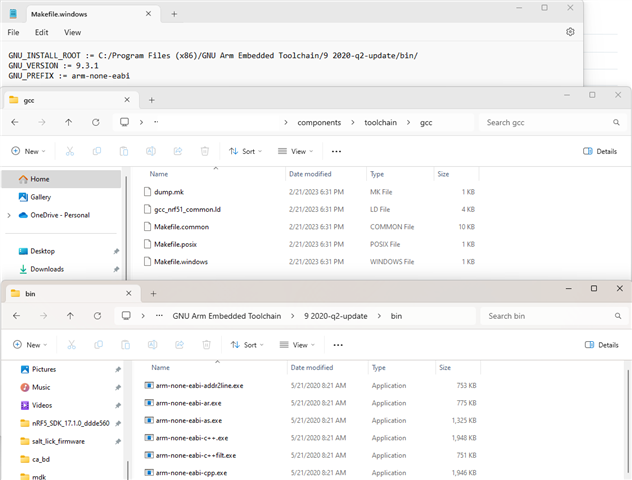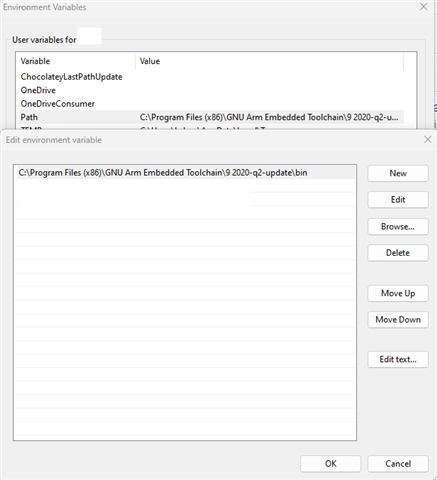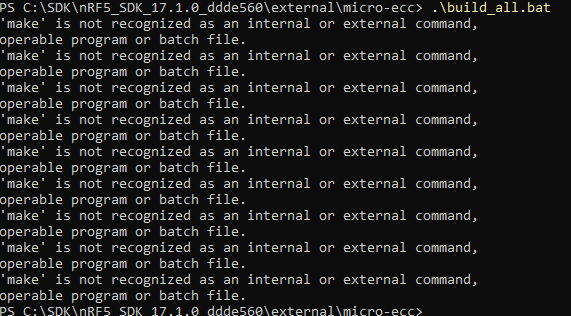I am kind of dumbly following a guide and got as far as collecting the .hex files and attempting to merge a dfu package using the nrf-command-line-tools;
\ota_dfu_util> .\nrf-command-line-tools\bin\mergehex.exe --merge OSL_DFU_Settings.hex OSL_Bootloader.hex s112_nrf52_7.2.0_softdevice.hex OSL_Firmware.hex --output OSL_DFU_Package.hex Parsing input files. Merging file "OSL_DFU_Settings.hex" into output. Merging file "OSL_Bootloader.hex" into output. Merging file "s112_nrf52_7.2.0_softdevice.hex" into output. Merging file "OSL_Firmware.hex" into output.
So this error is lost on me. Guidance would be greatly appreciated.
Thanks,
Kevin Lamb






